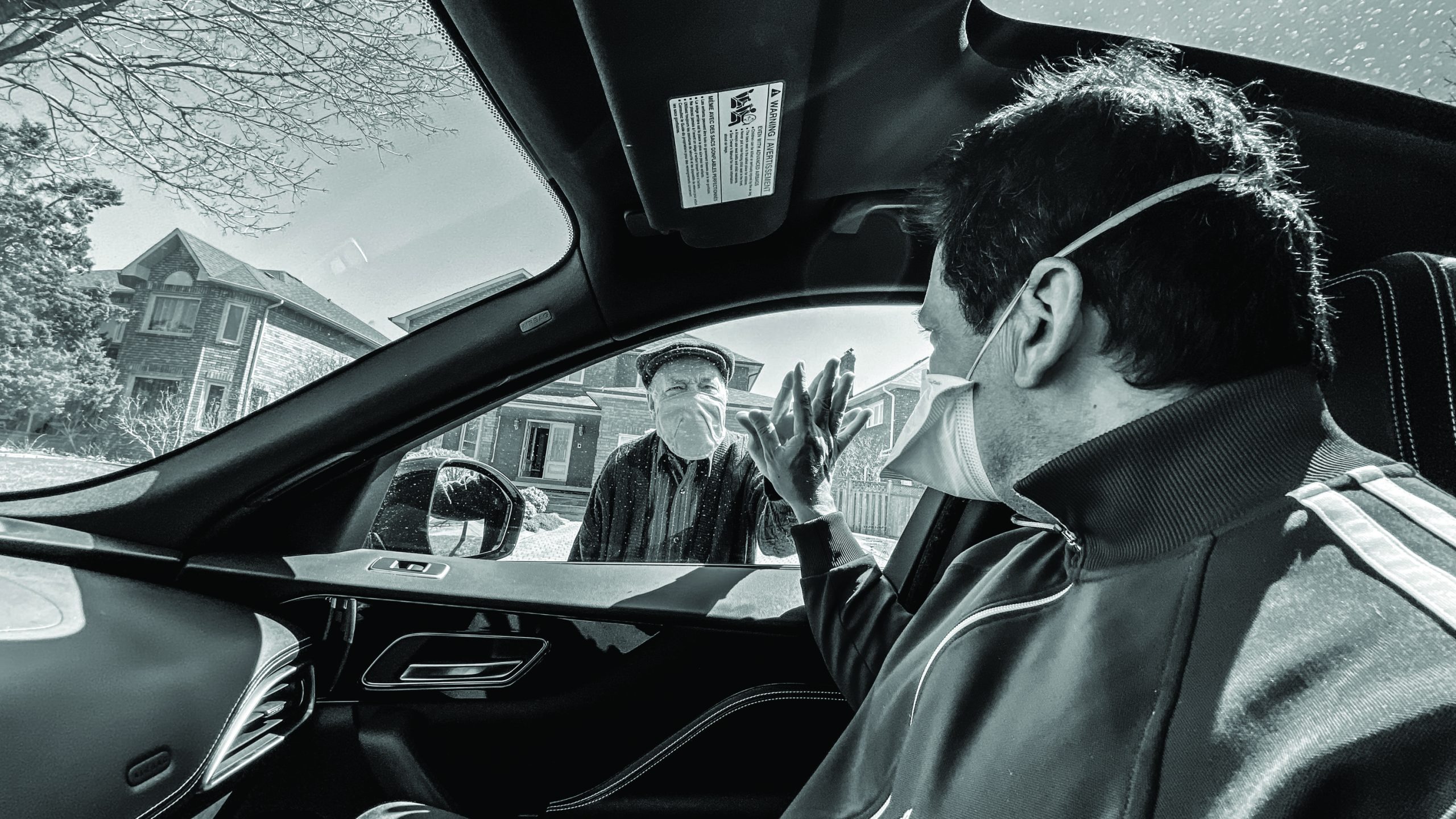By Liliia Smichenko
Matshona Dhliwayo, a Canadian-based philosopher said: “A flower blooming in the desert proves to the world that adversity, no matter how great, can be overcome.”
Just like the flower in the desert, many artists were quietly blooming with ideas during the lockdown. Left on the sidelines, they were thinking how their craft could help, the same way doctors and nurses can. While self-isolating, some photographers managed to capture the loneliness, and anxiety of people around the world.
Just like that, Canadian photographer George Pimentel changed the focus of his lens from the celebrities and red carpets to empty streets and emotional moments. He, like so many, started to suffer from anxiety when all of the events and festivals were cancelled, leaving him with no job.
During the first lockdown, Pimentel learned that his wife’s distant relative died from Spanish flu over 100 years ago. This discovery led to a Google deep dive, where the photographer found century-old photos of the last global pandemic. He saw a world in those black and white vintage images, where wearing masks and distancing was normal, a world so much like ours right now; and he decided he needed to capture it.
“I want everyone to look at all these photos, 100 years later like I look at the Spanish flu photos, and we can learn from it,” Pimentel says.
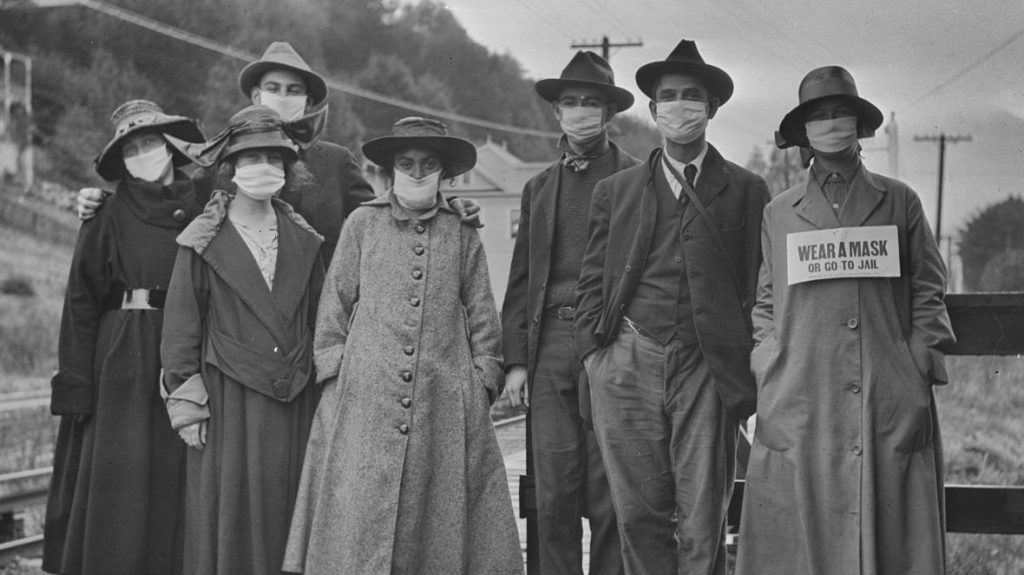
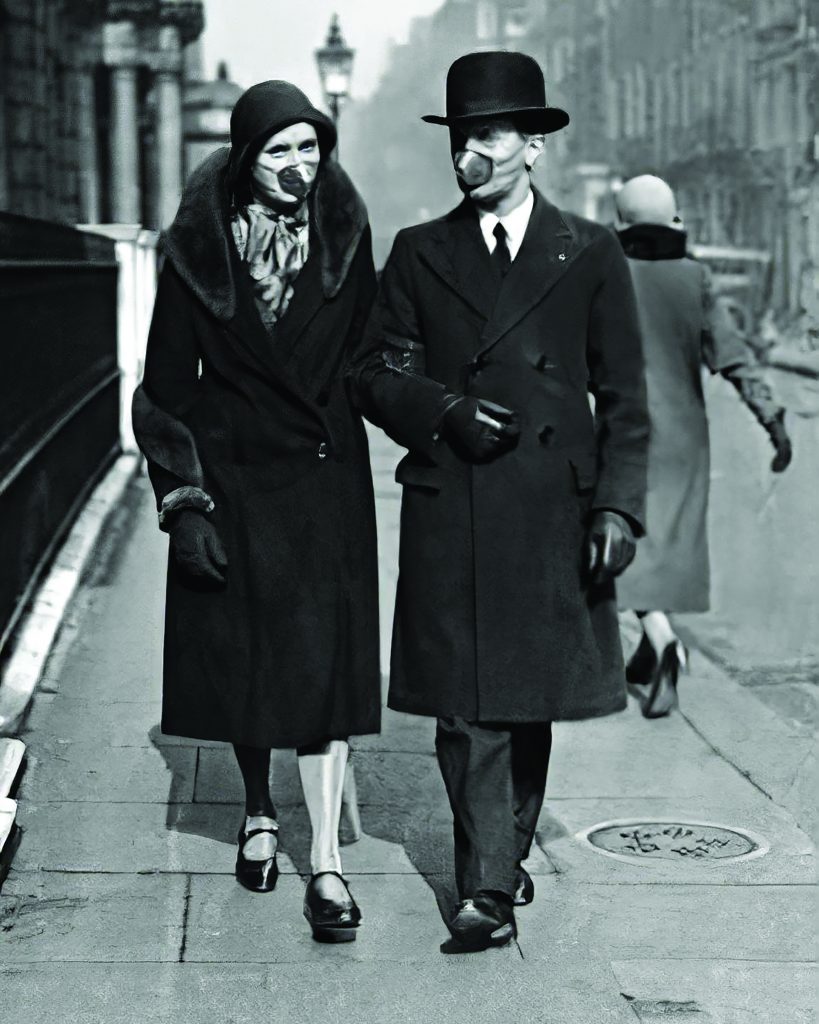
The first thing he decided to capture was a moment he shared with his father when he visited him during the lockdown. Pimentel drove by his father’s house and called him to see him, but he didn’t leave the car to avoid endangering him. There they were, each on the other side of the glass window. Together but separated by a pane of glass.
“I gracefully put my hand beside each other and it was very emotional,” Pimentel says.
When he took a selfie of the heartfelt moment and posted it on Instagram it blew up. After that Pimentel decided to pick up his camera and find more stories to share.
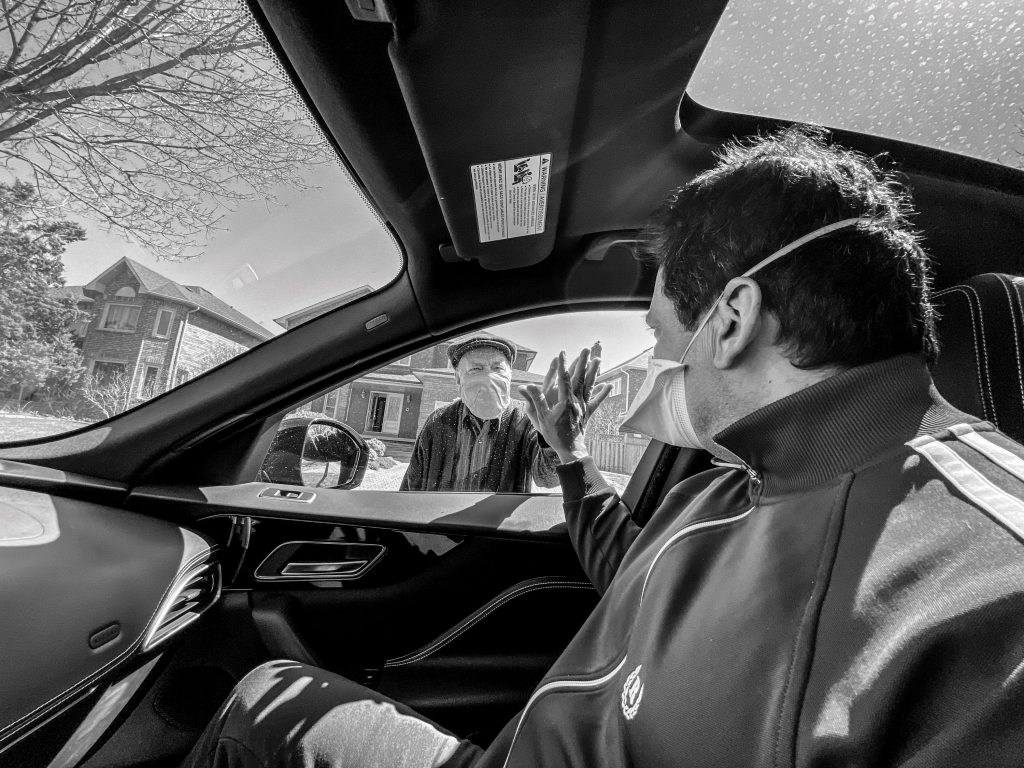
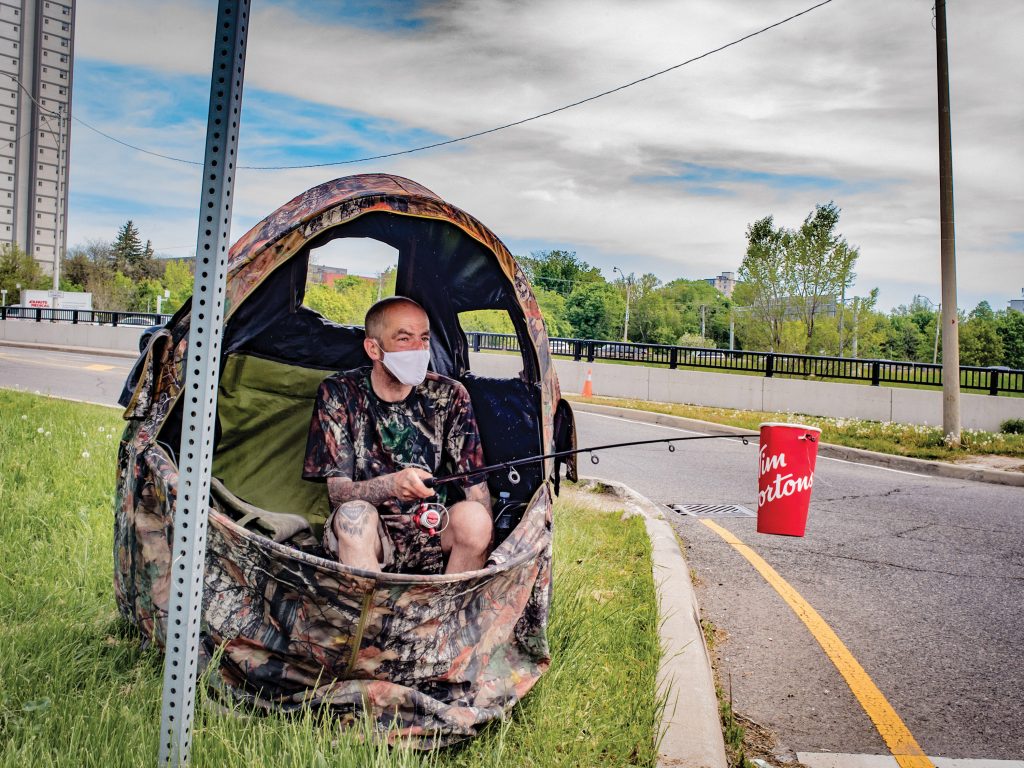
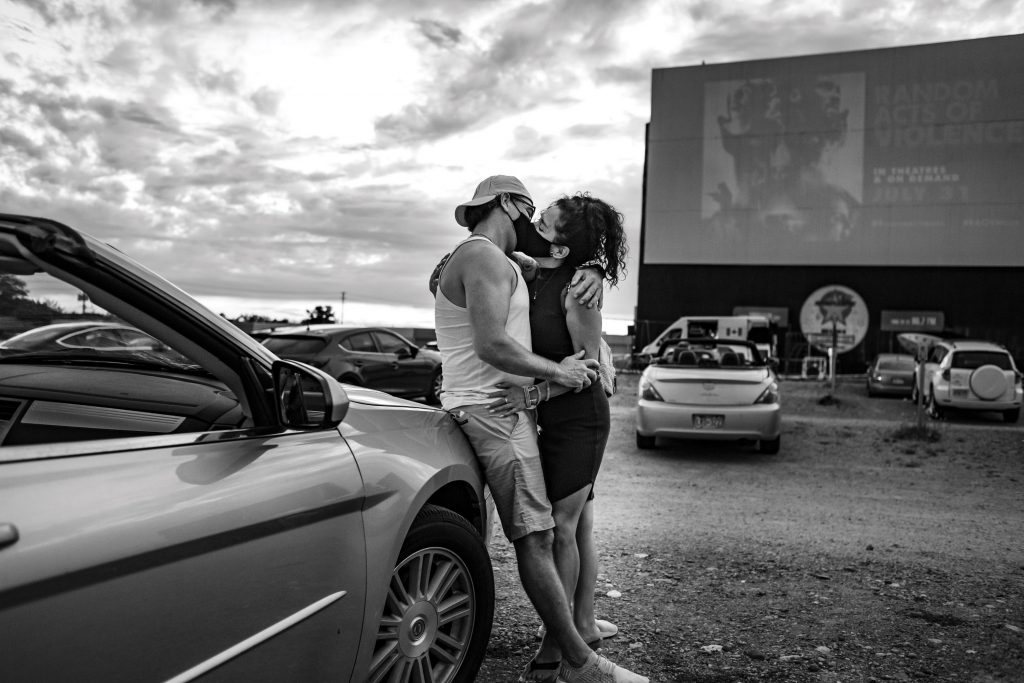
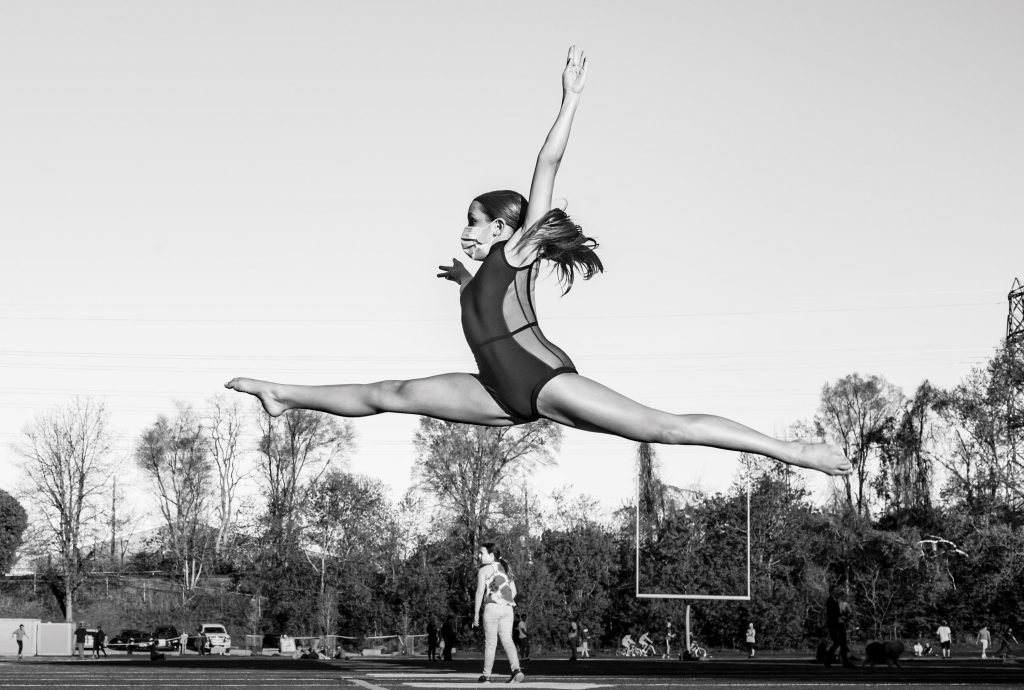
This idea grew into another idea, to form an association called Canada COVID Portrait, a non-profit organization committed to documenting the impact of the pandemic on people’s lives. People all around Canada started to submit their photos. Eventually, the organization exhibited the photos on the streets of Toronto, and for some, it was life-changing.
Pimentel was driving around the streets of Toronto when he saw a homeless man in a tent along the road asking for money. He approached the man and took a photo of him. The photo ended up being a part of the outdoor exhibition, where any passerby could see it. He later received a call from a man who saw the photo of the homeless man and said that the man in the photo was his long lost brother. They hadn’t seen each other in 10 years. Just like that, one photo changed someone’s life.
“We capture all the emotions of it and it’s so important in a photo, it really speaks for itself. We tried to create truth,” Pimentel says.
Photographers from other parts of Canada were also trying to make an impact on their community while searching for new ways of income.
Pat Kane, an Indigenous photographer from Yellowknife, NT. was thinking about ways to provide for his family when all of his jobs were cancelled. His wife jokingly suggested he should take pictures through the windows, keeping the social distance; and that’s exactly what he did. What started as a joke was picked up by national and international media.
“I thought it was a good way to have fun with it to still keep working, but also to tell a story about where I live,” Kane says.
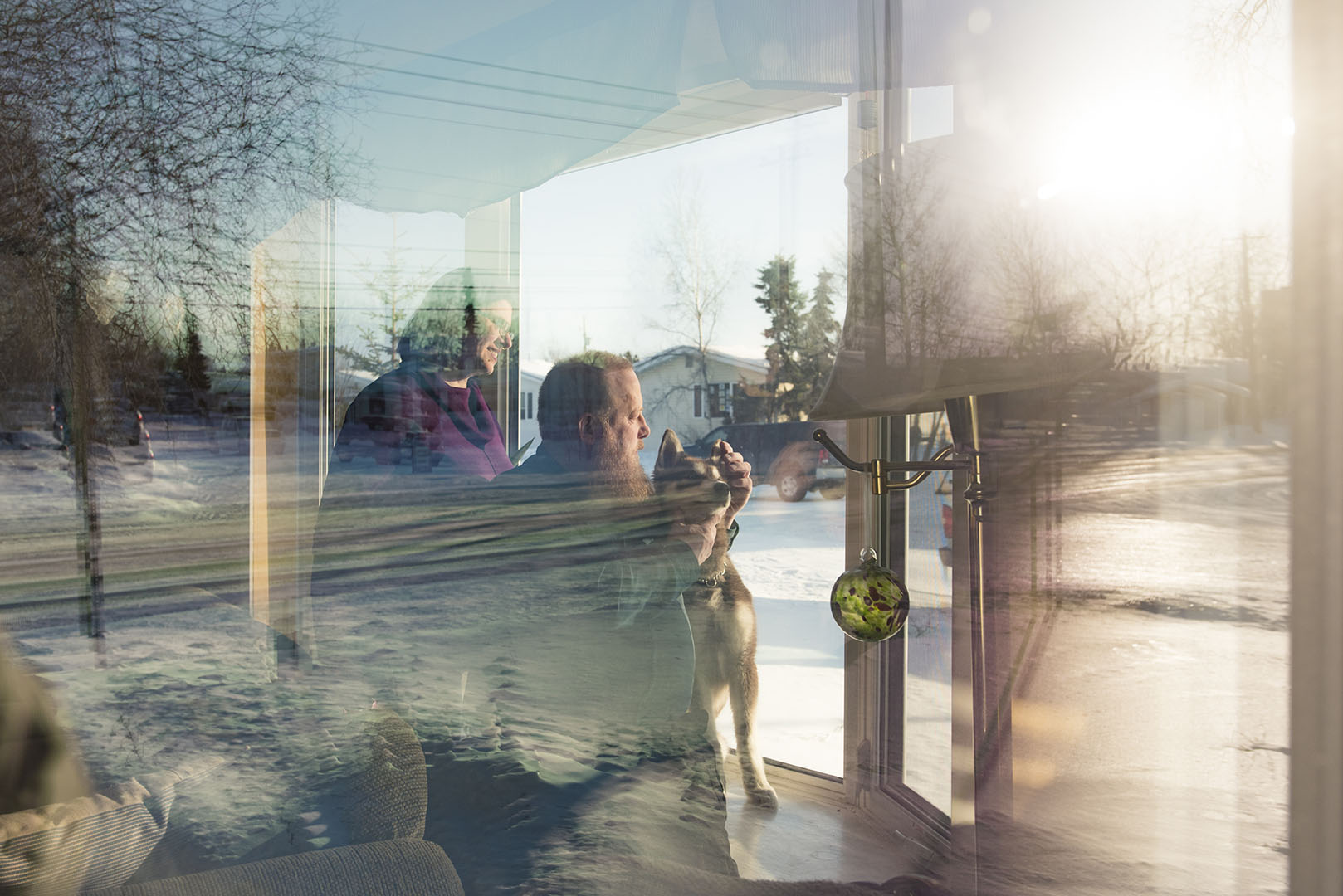
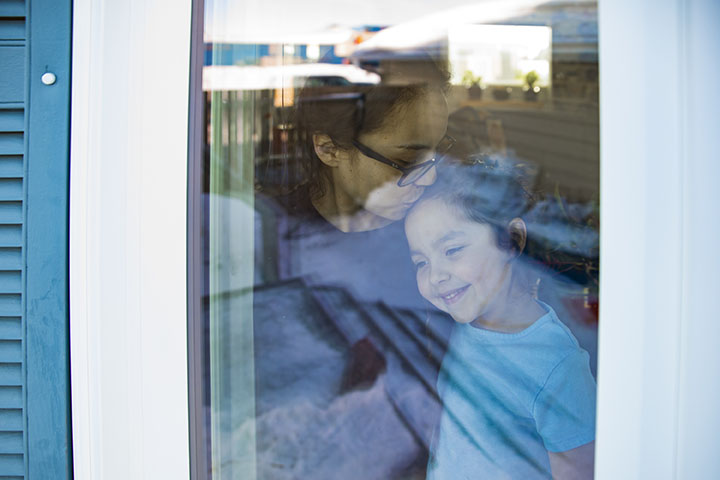
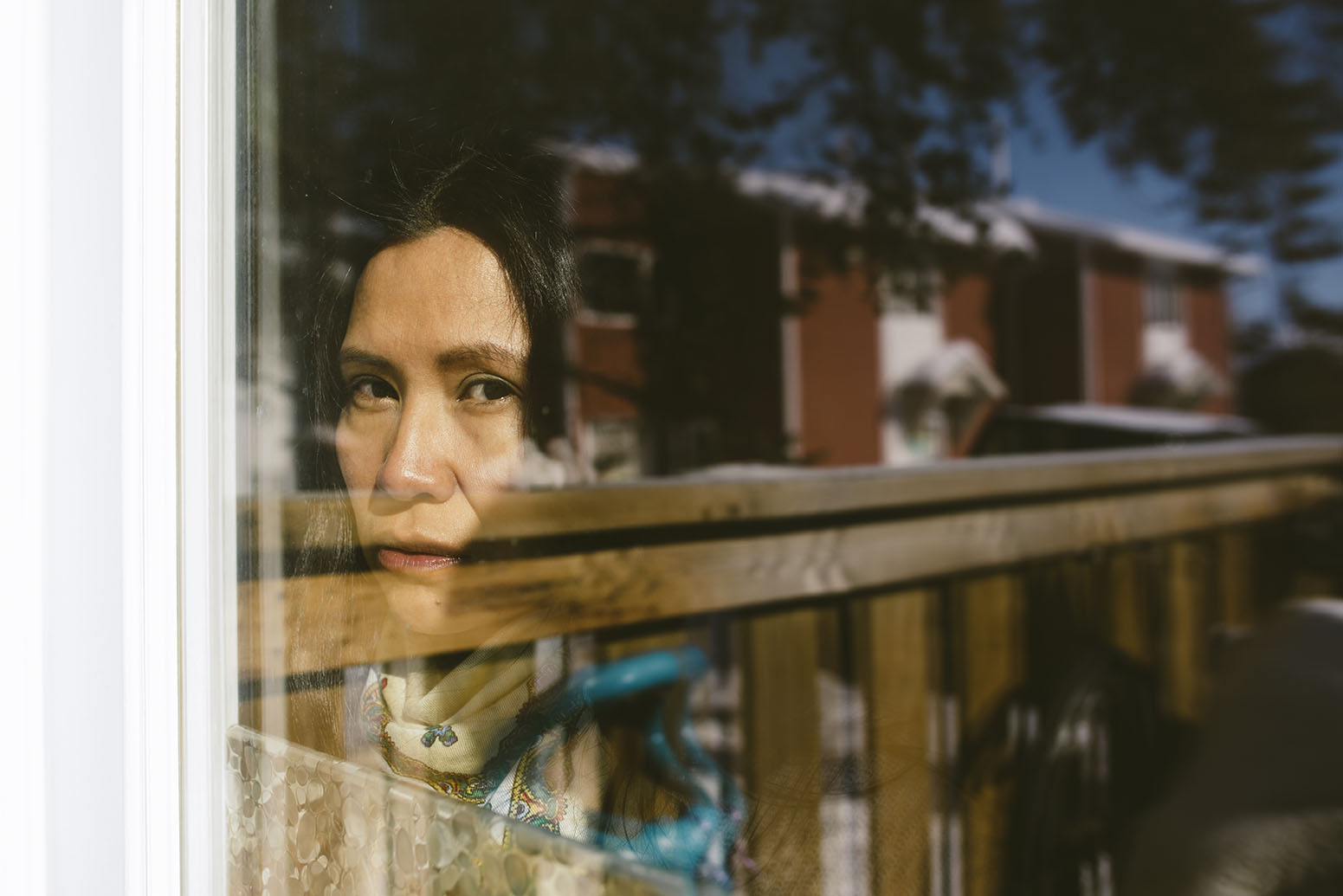
He posted the idea on Facebook and soon enough all the community wanted a doorway portrait. Kane says many people think the lockdown didn’t have as much impact on his community because it’s already isolated and far from everything. In reality, the community is very much connected and involved in social life.
“I wanted to show that this thing of isolation and being alone is really weird to us, actually it’s kind of strange,” Kane says.
Kane’s idea was a lifebuoy for many photographers who were left with no job in a blink of an eye. He inspired the Yukon-based photographer Alistair Maitland, who began doing door portraits when all of his gigs were cancelled. Maitland saw Kane’s photos on Facebook and posted the idea on social media.
“There was an overwhelming desire on people’s parts to participate, so I had to up my game in terms of organizing things,” Maitland says.
He says since most of the people were indoors and didn’t have much going on, the photoshoot was the highlight of their day. One of the most memorable pictures he took during the lockdown was of his friend’s mom and her partner. While taking the photo of the pair, he had to block the glare with his body making him part of the frame.
“It was kind of cool because it was both a “door-traits”, a social isolation portrait, but also a self-portrait at the same time,” Maitland says.
Photography became a source of creative release for people outside of the industry. Jason O’Young, a family dentist from Wingham, Ontario, started to take pictures of the night sky and rural landscapes when his job was put on hold. He says photography was always just a hobby for him and when the pandemic hit, he would just go outside or stop while driving around to take a picture. In the summer, while everyone was inside on the lockdown, O’Young was observing the comet NEOWISE in the Wingham night sky.
“Because of all the photos I’ve taken, I started to look at the area differently and the things that I drive by and pass by. I start to think more about how they could be used in a photo,” he says.
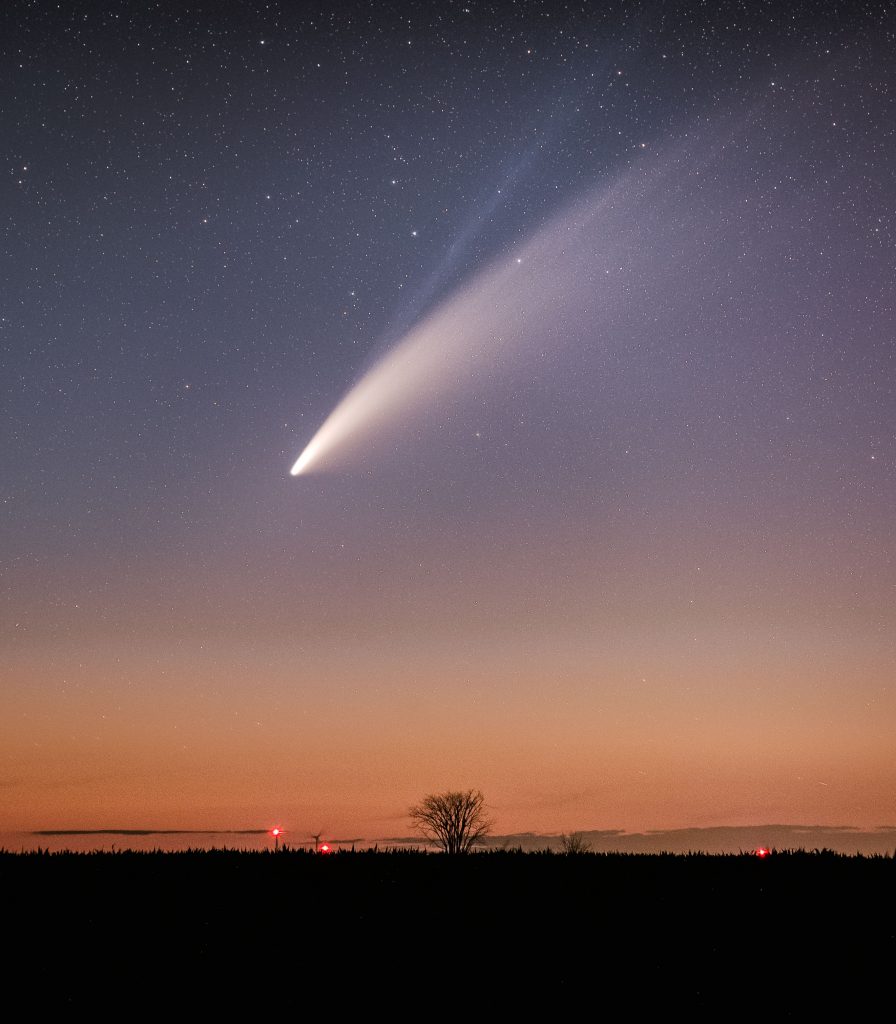
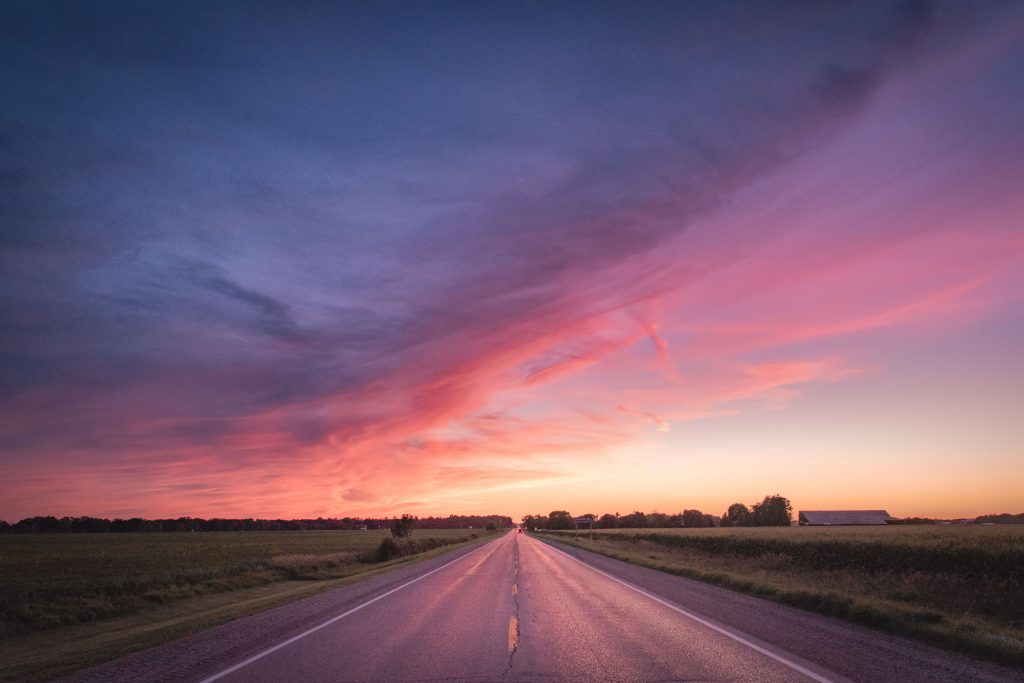
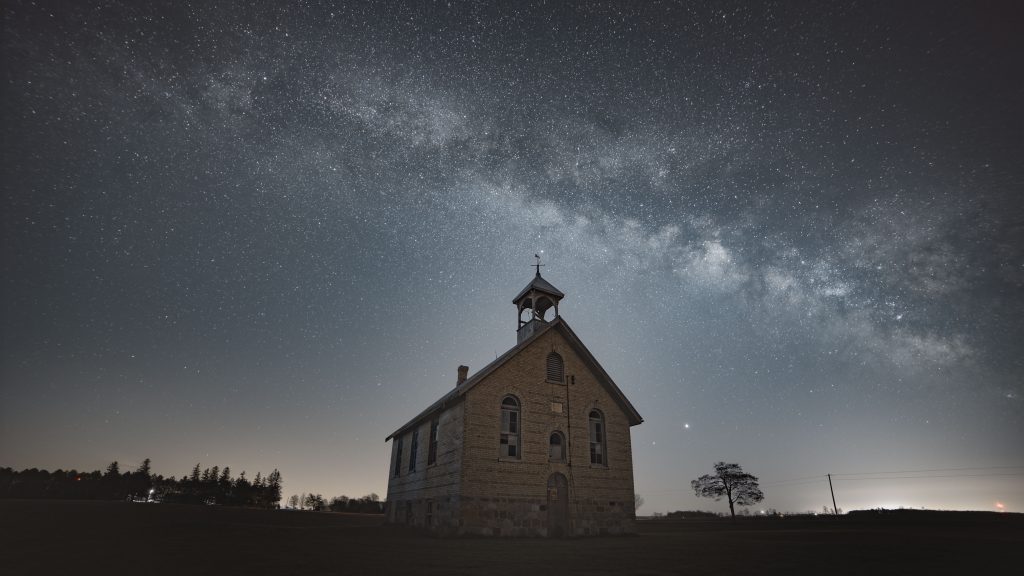
O’Young wasn’t the only one to see his surroundings in new light during the lockdown.
Ian Virtue was raising money for the Canadian National Institute for the Blind (CNIB) in Windsor and southwestern Ontario before the pandemic hit. All the fundraising events were cancelled and Virtue was left with no job. While looking for a new source of income, he started to take pictures of his hometown.
“My parents grew up in Windsor, their parents grew up in Windsor, their parents’ parents grew up in Windsor. It’s like this has been my family’s home for a very long time and it’s a place I’ve never really wanted to explore,” Virtue says.
He was capturing different areas of Windsor-Essex that he thought had the most history and character such as Walkerville, which used to a big distillery town.
“I wanted to capture all these different areas in a way that they hadn’t been captured before,” Virtue says.
Although Virtue hadn’t done photography in a long time since he graduated, he says the creative process allowed him to grow and develop his skills.
As an art therapist, Jesse Pajuäär says with all the stressors that COVID-19 brought into people’s lives, people began to reassess what’s important in their lives. “COVID has highlighted our unique abilities to adapt through our creativity in order to establish some semblance of order or feeling of control during uncertain times,” he says. In his profession, he believes photography represents a language of the relationship between the photographer and a subject, with a unique ability to put the viewer into the photographer’s shoes.
“I think, photography during COVID represents an opportunity for us to explore what’s the new vehicle of importance to us, and how we’ve adapted to find value in all these relational shifts in our lives,” Pajuäär says.

